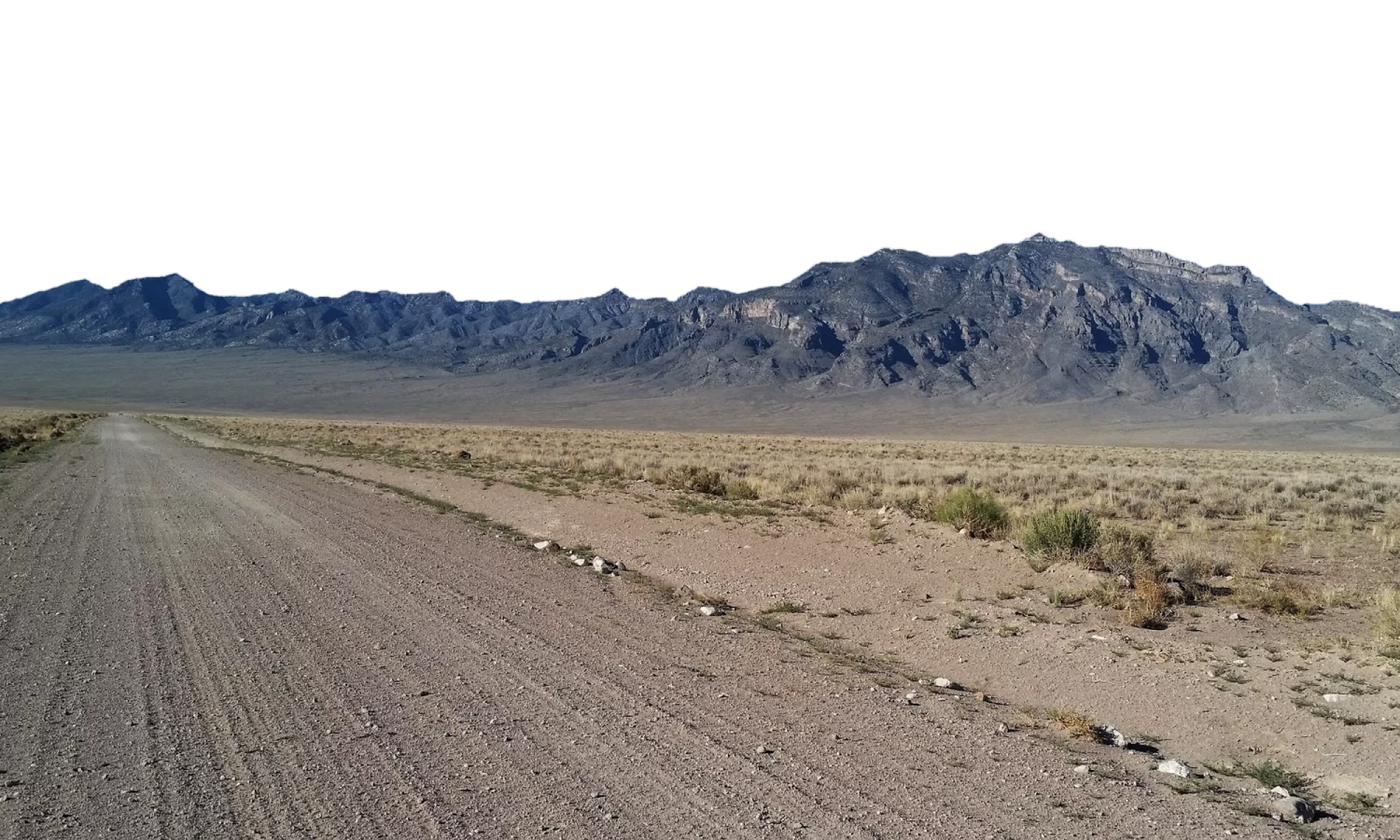Sky Gazing
Our skies are some of the most sought-after in all of the world to sit under and gaze up.
Aircraft: Those historic in epic ways, and those which may be Unidentifiable
Day or night, there’s no telling what will be seen and heard in the air at The Little A’Le’Inn.
There could be nothing but crows, but there could also be F-15’s, F-16’s, F-22’s, F-35’s, Blackhawk Helicopters, F-117 Stealth Fighters, B-1 Lancers, B-2 Spirit Stealth Bomber, certainly not any SR-71’s ( but that doesn’t mean you’re not possibly going to hear some wicked strong sonic or hyper-sonic booms ), C-130’s, and so many more. Some may come low, loud and fast, so make sure you’re ready for a good rumble screech up close and personal, just in case they show up, and especially just in case they show up firing full after burners.
For many years, locals and visitors alike have claimed to see lights moving in the sky here in a way that may not be explained by any rational means. Sometimes these lights are said to be near, sometimes they are said to be far, sometimes they have been described as a single light, perhaps alternating between bright and the opposite, sometimes they are described to be silent and / or the opposite. Come see what is to be seen for yourself. No matter what, if you are curious about such matters, make sure to ask to see the Blue Book behind the bar full of personally written sighting reports from here and all over the world. It’s usually only available upon request, and it may even have some valuable extracurricular information about the surrounding area you may be glad to retain! Just please handle it with some care.
Meteor Showers
You may just want to come and get some of the very greatest views of the most famous meteor showers in degrees of luminescence you never knew were achievable on-planet.
- The Perseid Meteor Shower
- Visible annually between July 14 and Sept. 1 each year, peaking around Aug. 11, 12 or 13. Most meteor shower peaks may be very brief, but the Perseids tend to peak a bit longer than most, sometimes for weeks.
- The Orionid Meteor Shower
- Visible annually between September 26 to November 22, the Orionids usually peak about October 21. They usually seem to radiate from just North of Betelgeuse, the brightest star in the constellation Orion, as well as one of the brightest luminous celestial objects in all of the sky visible from Earth, and especially bright from the side of the Extraterrestrial Highway!
- The Geminids Meteor Shower
- Visible annually for a mere short while, but usually one of the most intense shows one may find in the great void of the vacuum yonder. Some say they are visible between December 4th and December 16th, but usually the worthy action occurs during the peak which may only last for a night or two, perhaps nights such as December 13th or December 14th. The meteors seem to radiate from a celestial point near the bright star Castor in the constellation Gemini, at the highest frequency and visibility around 2 a.m.
- The Ursids Meteor Shower
- This display usually begins annually around December 17 and runs for a week plus, until the 25th or 26th. This meteor shower is named for its radiant point, which is located near the star Beta Ursae Minoris in the constellation Ursa Minor.

